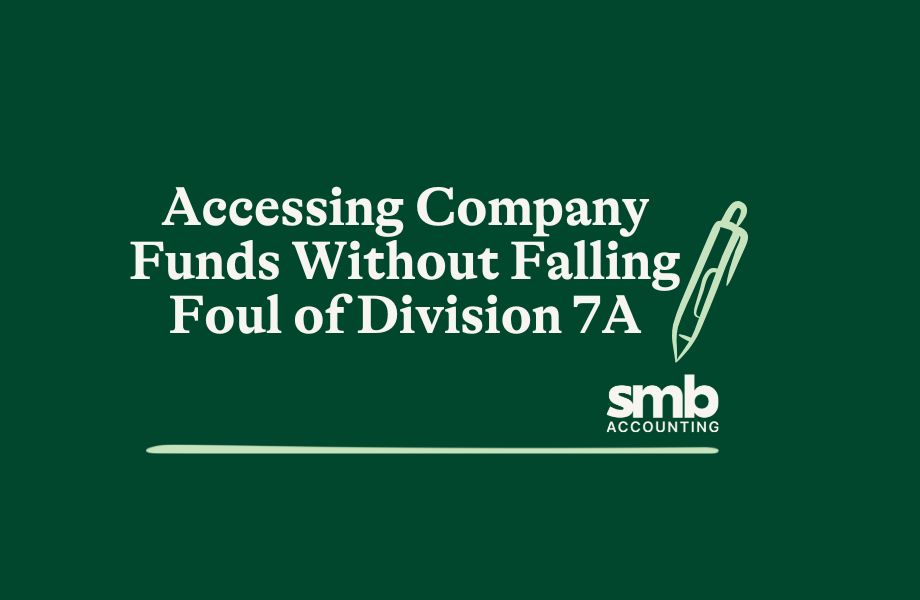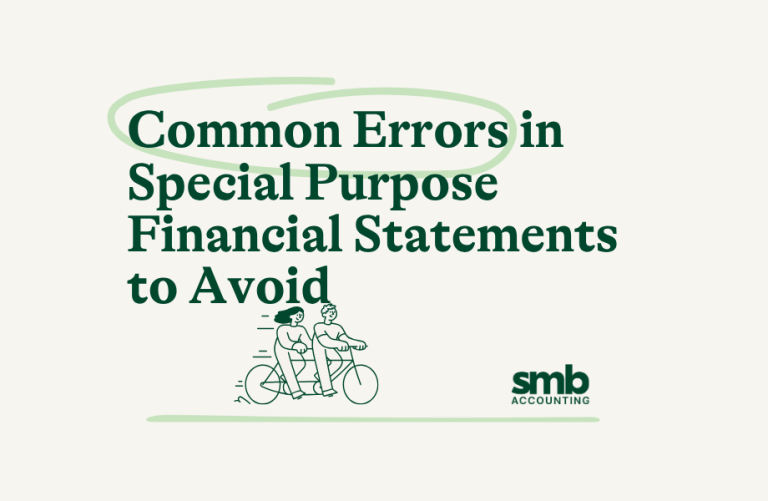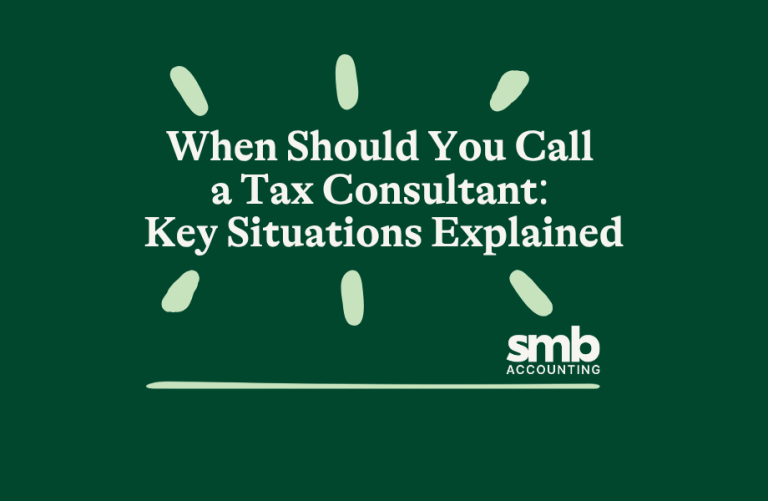As a director or shareholder of an Australian company, it can be tempting to treat the business bank account as your own, especially if you see surplus funds available. However, it’s important to understand that—legally—the company’s money isn’t your personal money, even if you’re the only person running it.
Without proper planning, withdrawing money from your company can lead to unexpected tax issues, particularly under Division 7A of the Income Tax Assessment Act.
This article outlines what Division 7A is, why it matters, and the legitimate ways you can access company funds without getting caught up in tax trouble.
What Is Division 7A?
Division 7A is a set of anti-avoidance tax provisions aimed at preventing company profits from being accessed by directors or shareholders (and their associates) without paying the appropriate tax.
If money, assets, or other benefits are taken from the company without following formal processes, the Australian Taxation Office (ATO) may treat the withdrawal as a “deemed dividend”, which is then taxed as personal income without the benefit of franking credits.
How Division 7A Problems Commonly Arise
Division 7A issues typically occur when money is taken out of the business without proper documentation or structure.
Examples include:
– Transferring company funds to your personal account with no clear business justification
– Using the business card or account to cover private purchases
– Failing to repay, or correctly document, a loan from the company
Once a transaction is deemed a dividend, it’s irreversible, even if you repay the money later.
Why It’s a Problem
If you unintentionally trigger Division 7A, you could face:
– Increased personal tax liabilities, since the income will be taxed at your full marginal rate without any franking credits
– Limited flexibility, as the transaction can’t be reclassified or reversed after the fact
– Heavy compliance obligations, including the need to establish a formal Division 7A loan (often retrospectively)
– Greater scrutiny from the ATO, which actively monitors this area for non-compliance
How to Safely Withdraw Funds From Your Company
To avoid triggering Division 7A, stick to legitimate and well-documented ways to access company money. Here are five reliable options:
1. Receive a Salary or Director Payment
Paying yourself a regular wage or director’s fee is a straightforward and compliant method. Like any employee payment, it involves:
– Withholding PAYG tax
– Making superannuation contributions
– Reporting via Single Touch Payroll (STP)
This method is ideal for those who want a predictable income stream and also want to improve their personal financial position (e.g. for loan applications).
2. Distribute Profits as Dividends
When your company has made taxable profits, you can issue franked dividends to shareholders. These are after-tax profits, so the company has already paid tax on them.
To distribute dividends properly:
– Ensure they’re formally declared by the company
– Provide dividend statements to all shareholders
– Report the distribution to the ATO
This is a good option for withdrawing profits without engaging payroll processes or contributing to super.
3. Reclaim Funds You Lent to the Business
If you’ve loaned personal funds to the company (outside of equity investment), you can take that money back without any tax impact, provided:
– The loan was properly set up
– Repayments are logged and traceable
– No interest is charged unless agreed in writing
This is often overlooked but can be a simple way to access cash when needed.
4. Get Reimbursed for Business Expenses
If you’ve covered company expenses using your personal funds (like travel, software subscriptions, or office supplies), the business can reimburse you tax-free.
Just make sure you:
– Keep all receipts or proof of payment
– Record the reimbursement clearly in your accounting system
– Ensure the expense was purely business-related (no mixed-use items)
5. Set Up a Division 7A Compliant Loan
If none of the above options are suitable, and you need to take funds from the company, you can create a formal Division 7A loan. To comply:
– Draft a written loan agreement
– Charge interest at the ATO’s benchmark rate (8.37% for the 2025–26 financial year)
– Make minimum annual repayments
This method comes with obligations and complexity, so it’s generally best used as a last resort.
Speak to Your Accountant First
Before transferring money from your company to yourself, have a conversation with your accountant. They can advise on the most tax-effective method, ensure proper documentation is in place, and help you avoid costly errors.
No matter which approach you choose, accurate recordkeeping and correct classification of transactions are crucial.
Final Thoughts
When it comes to company funds, acting without advice can cost you significantly. Division 7A is a complex area of tax law that’s often misunderstood, but it’s also easily avoided with the right strategy.
Planning ahead, maintaining documentation, and seeking professional input will ensure you stay compliant, protect your cash flow, and make the most of the profits your business generates.



